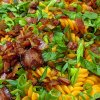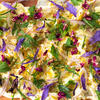

How to Cook Your Eggs to Avoid Getting Salmonella

Q&A with Organizational Pro Peter Walsh + Dermatologist Shares A…

Actor Hank Azaria + Freezer Meals + Artichokes 2 Ways with Rach

See Inside Barbara Corcoran's Stunning NY Apartment + It's Steak…

How to Make Chicken and Lobster Piccata | Richard Blais

Donnie Wahlberg Spills Details About NKOTB's First Ever Conventi…

Donnie Wahlberg + Jenny McCarthy Say Rach Is Such a "Joy" + Look…

The Best Moments From 17 Seasons of the Show Will Make You Laugh…

How to Make Crabby Carbonara | Rachael Ray
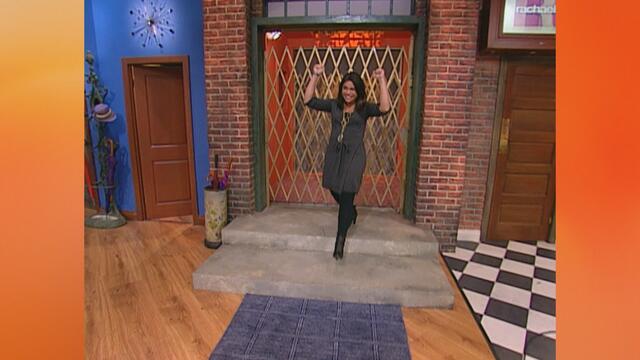
Rach Chats "Firsts" In Flashback From Our First Episode Ever In …
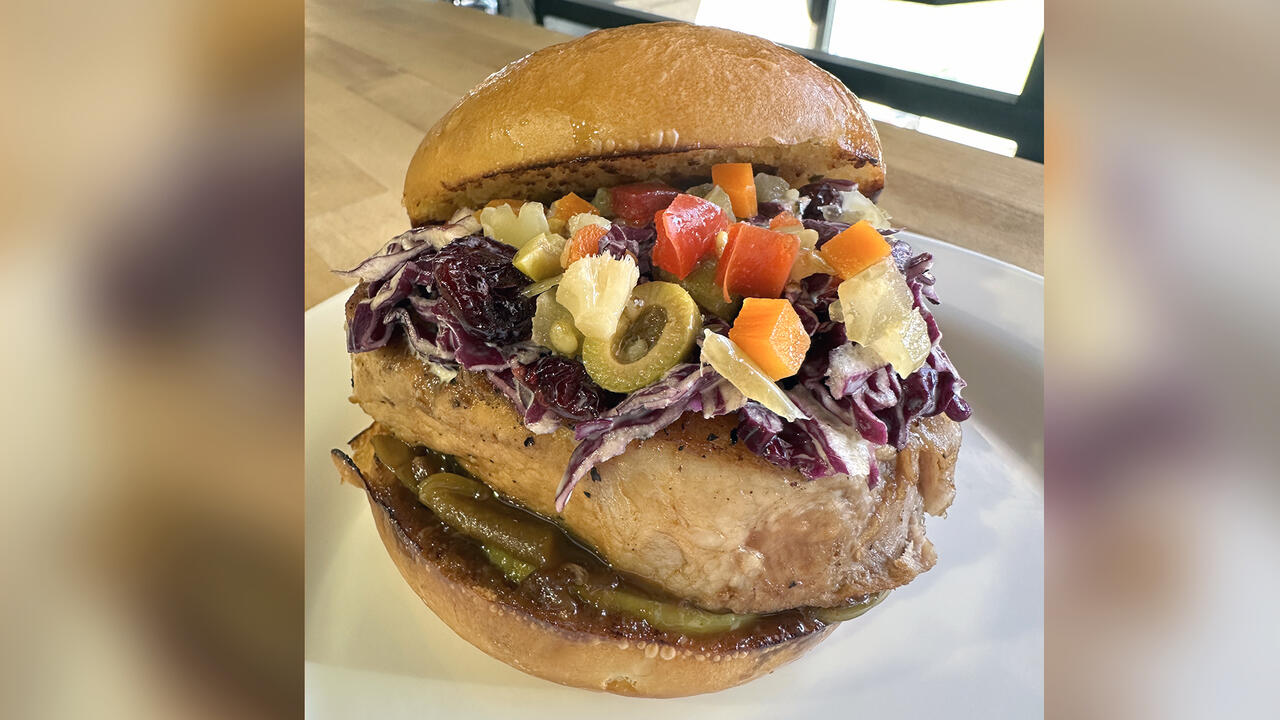
How to Make Apple-Cider Braised Pork Chop Sandwiches with Onion …
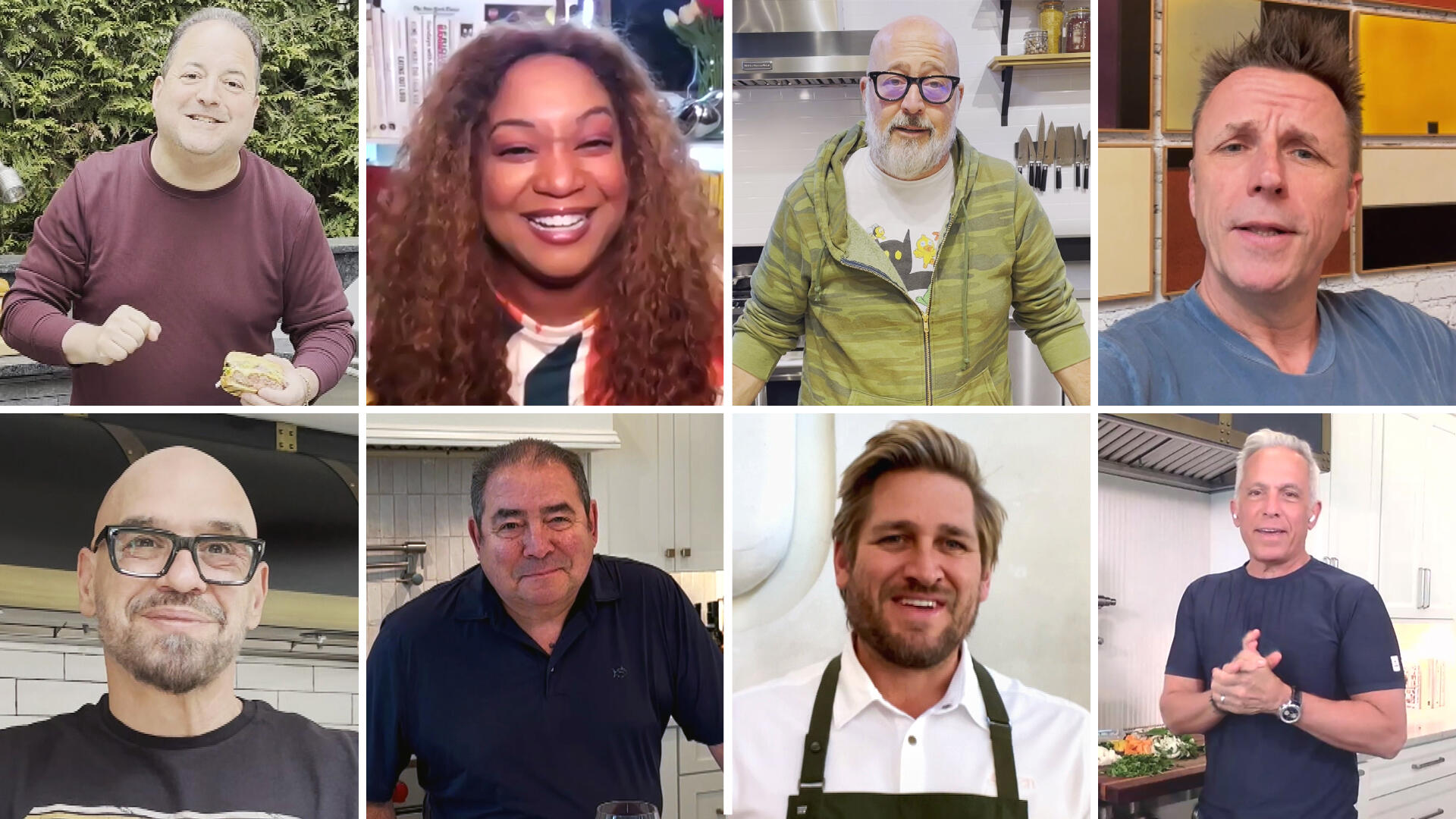
Rach's Chef Pals Say Goodbye to Show in Surprise Video Message
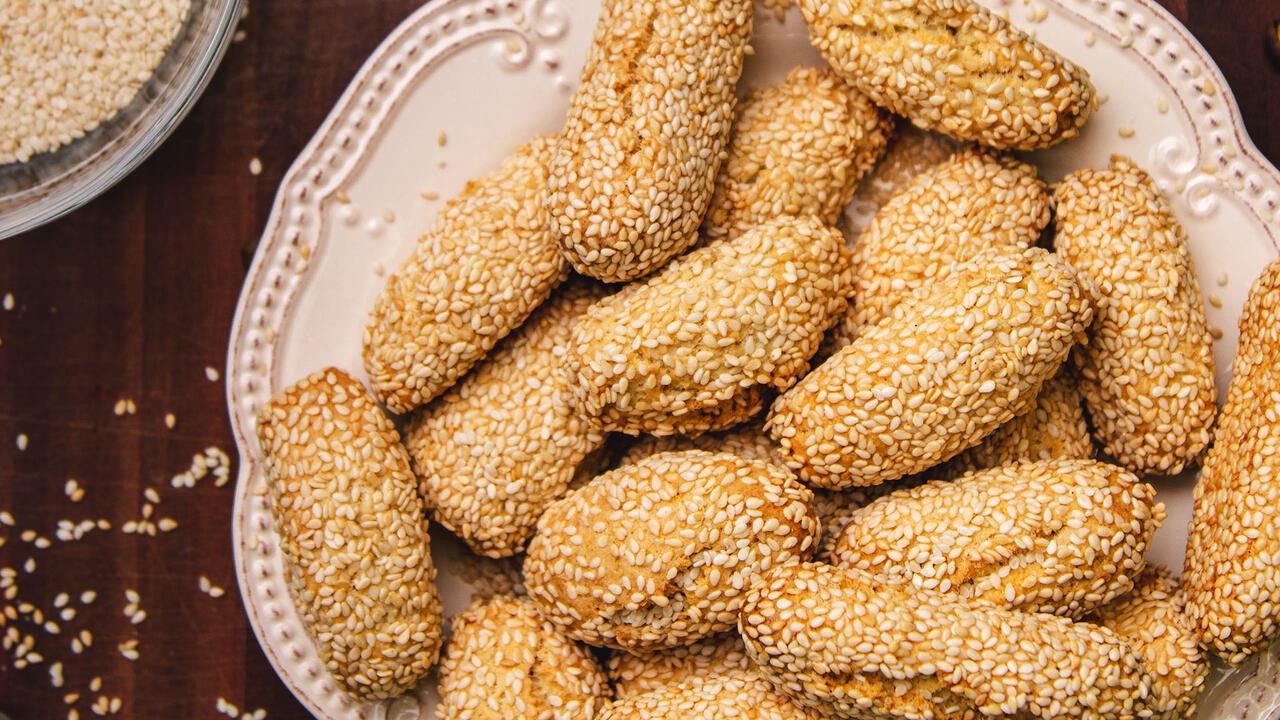
How to Make Sesame Cookies | Buddy Valastro

How to Make Tortilla with Potatoes, Piquillo Peppers and Mancheg…
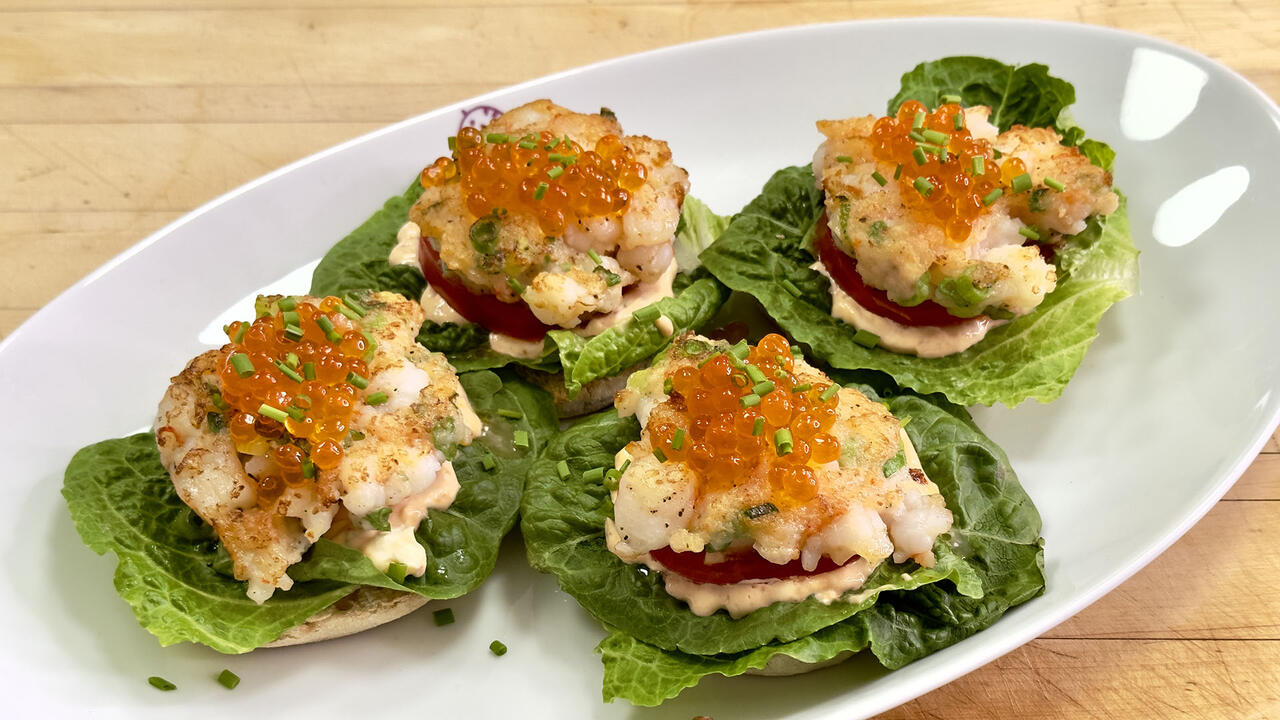
How to Make Shrimp Burgers | Jacques Pepin

How to Make Spanakopipasta | Rachael Ray

Andrew McCarthy Chokes Up Discussing Emotional Trip to Spain wit…

Celebrity Guests Send Farewell Messages After 17 Seasons of the …

Celebrity Guests Send Farewell Messages After 17 Seasons of the …

Andrew McCarthy Teases Upcoming "Brat Pack" Reunion Special

Michelle Obama Toasts Rach's 17 Years on the Air With a Heartfel…
Thanks to the April 2018 recall of 200 million (!) eggs, salmonella is at the top of everybody's brains.
But here's what you need to know:
A company has recalled more than 200 million eggs after an outbreak of salmonella was traced to one of its farms in North Carolina.
MORE: Can You Wash E. Coli Off Your Romaine Lettuce?
And those eggs? They were distributed to nine states, according to the FDA, who urged consumers to check their purchases and avoid eating eggs that might be contaminated.
But how do you know? It's actually easier than you think! The egg cartons affected by the recall should be labeled with the plant number P-1065, with packing dates ranging from 011 through 102, which means January 11 through April 12, 2018. (Watch Dr. Oz point all of this out in the video above!).
So what are you waiting for? Head to your fridge and check your carton — stat! And check here for updates from the CDC on the egg recall.
Now, here's the slight silver lining: Healthy people who contract salmonella can usually recover without treatment after a few days of fever, diarrhea and abdominal cramps. (Not the best, but okay!) However, some cases do require hospitalization.
MORE: Does It Make a Difference If You Use White Eggs or Brown Eggs In a Baking Recipe?
But to avoid that altogether, make sure any eggs you're consuming are cooked — until both the WHITE and the YOLK are firm (even if, like Rachael's husband John, you like them over-easy) — and no nibbling at raw cake batter, cookie dough or Rocky-style shakes.
Got it?!
Beyond that, here are Dr. Oz's two best tips for avoiding contracting salmonella:
1. AVOID CROSS CONTAMINATION
Wash hands well with soapy warm water, clean and disinfect countertops, plates and utensils before and during food preparation and keep raw fish, poultry; meats and eggs separate from ready-to-eat foods such as fruits and vegetables by using different plates, cutting boards and utensils.
2. REFRIGERATE ALL FOODS AT THE PROPER TEMPERATURE
Refrigerate at 40F and freeze at 0F.
Not sure how to tell what temperature your fridge and freezer are at? Here's Oz's fridge temperature test:
Measure the temperature by placing a cup of water with a cooking thermometer into the refrigerator for about 2 hours or more. To test the freezer, substitute alcohol or cooking oil. (And there are fridge and freezer-specific thermometers at any grocery or kitchen supply store.)
The temperature can be adjusted using the controls found inside the refrigerator or freezer. The ideal freezer temperature is about 0 to 5 degrees (F) and about 38 degrees (F) for the fridge.

